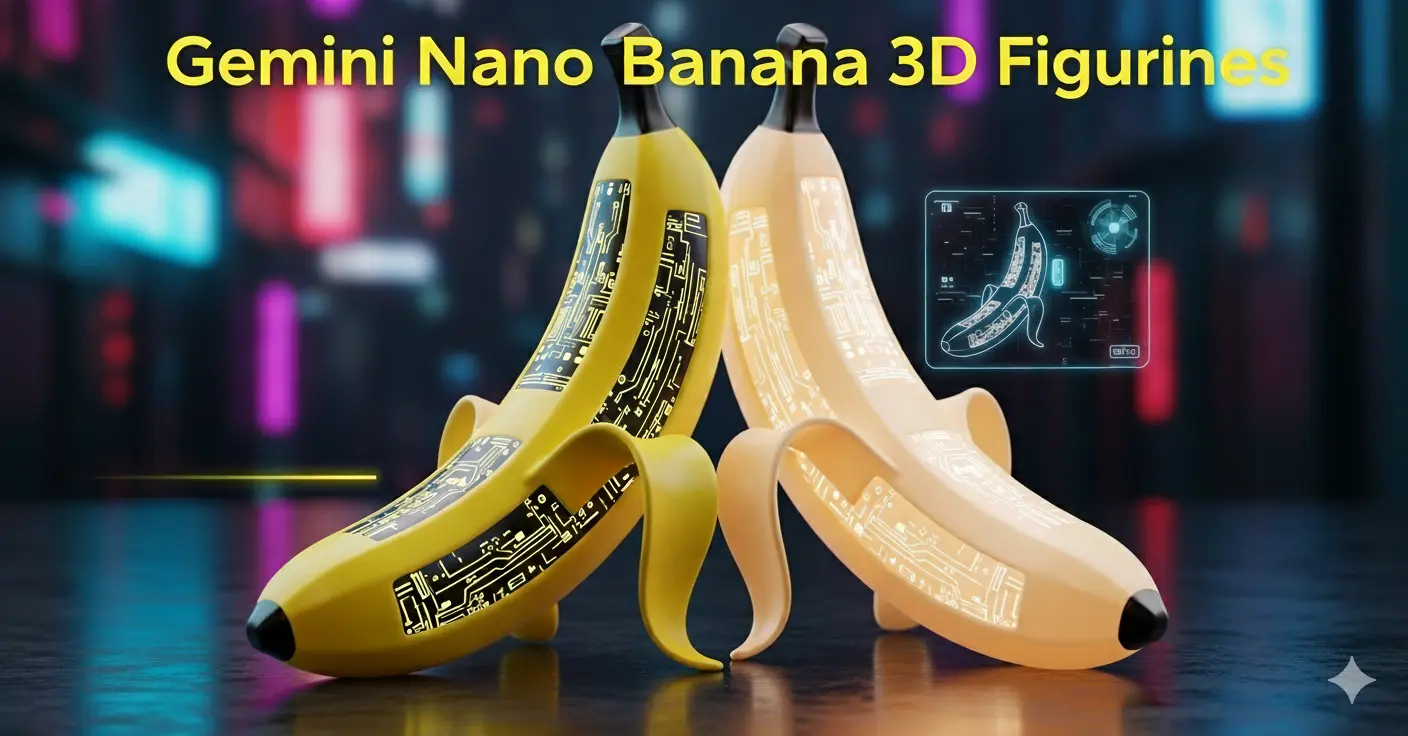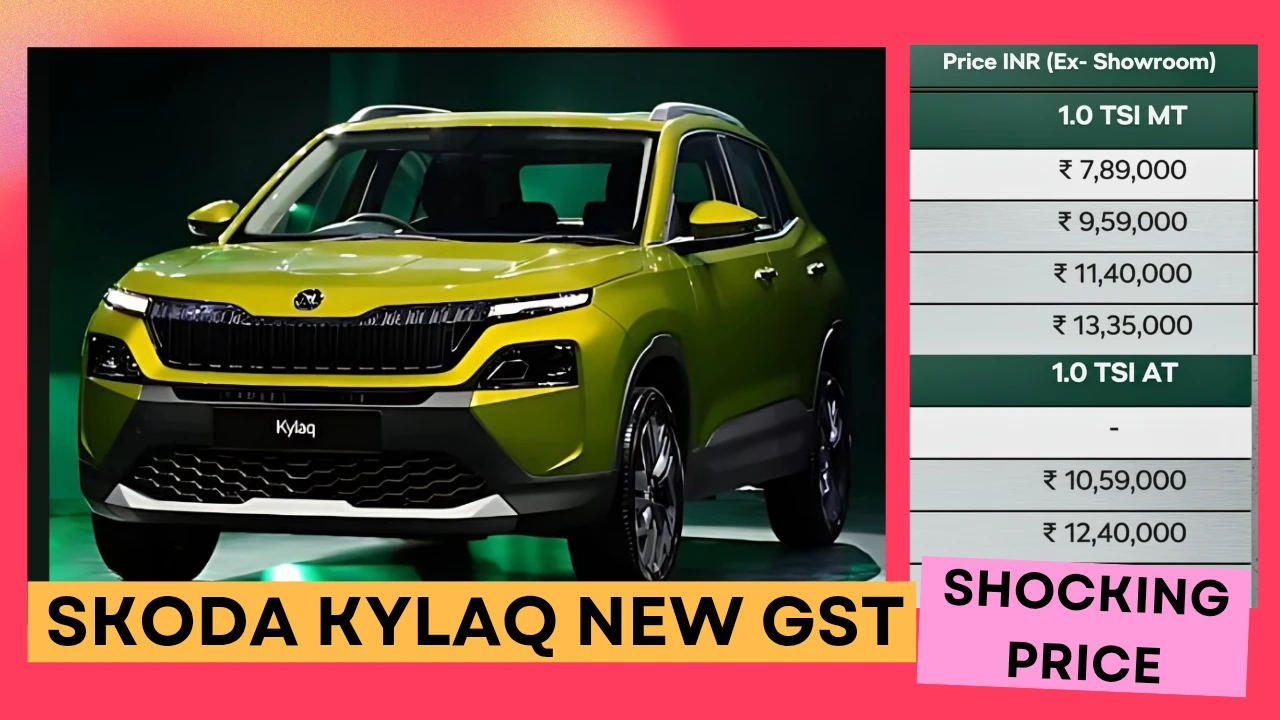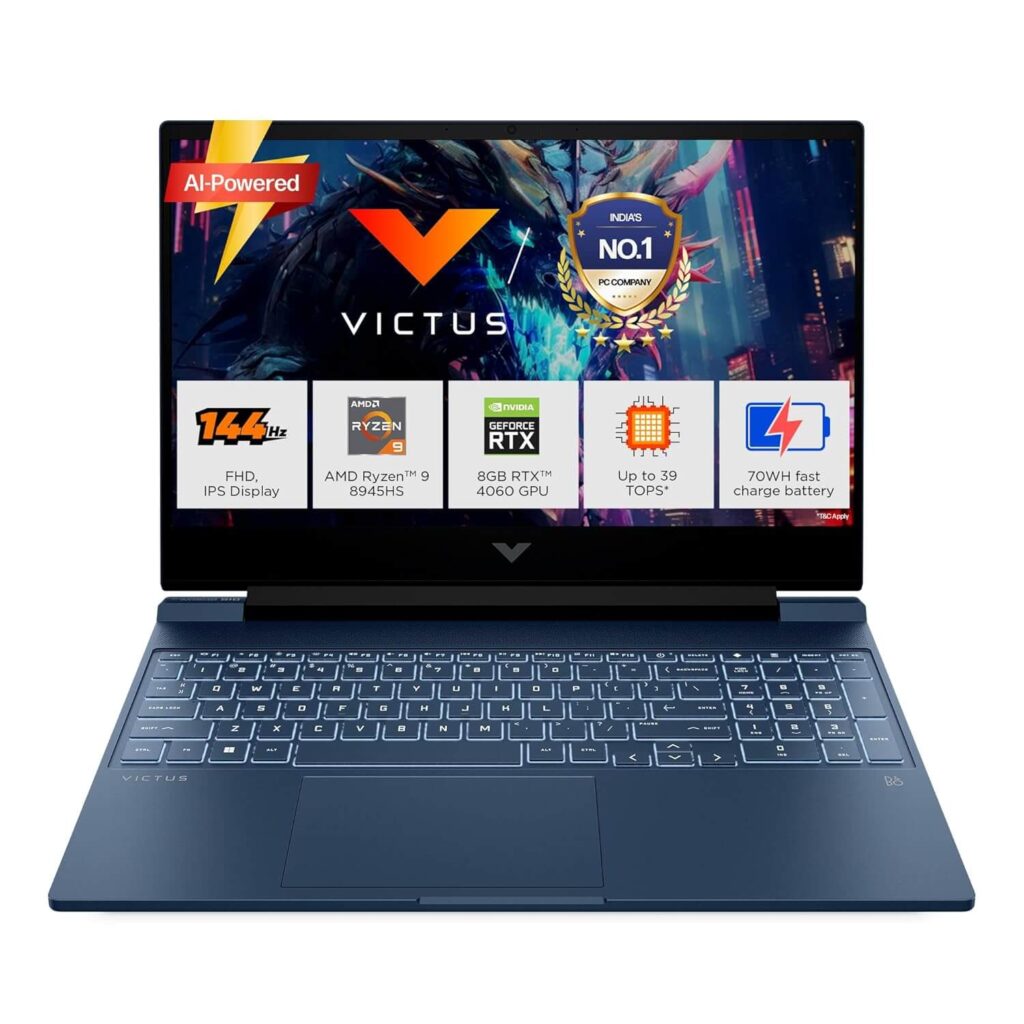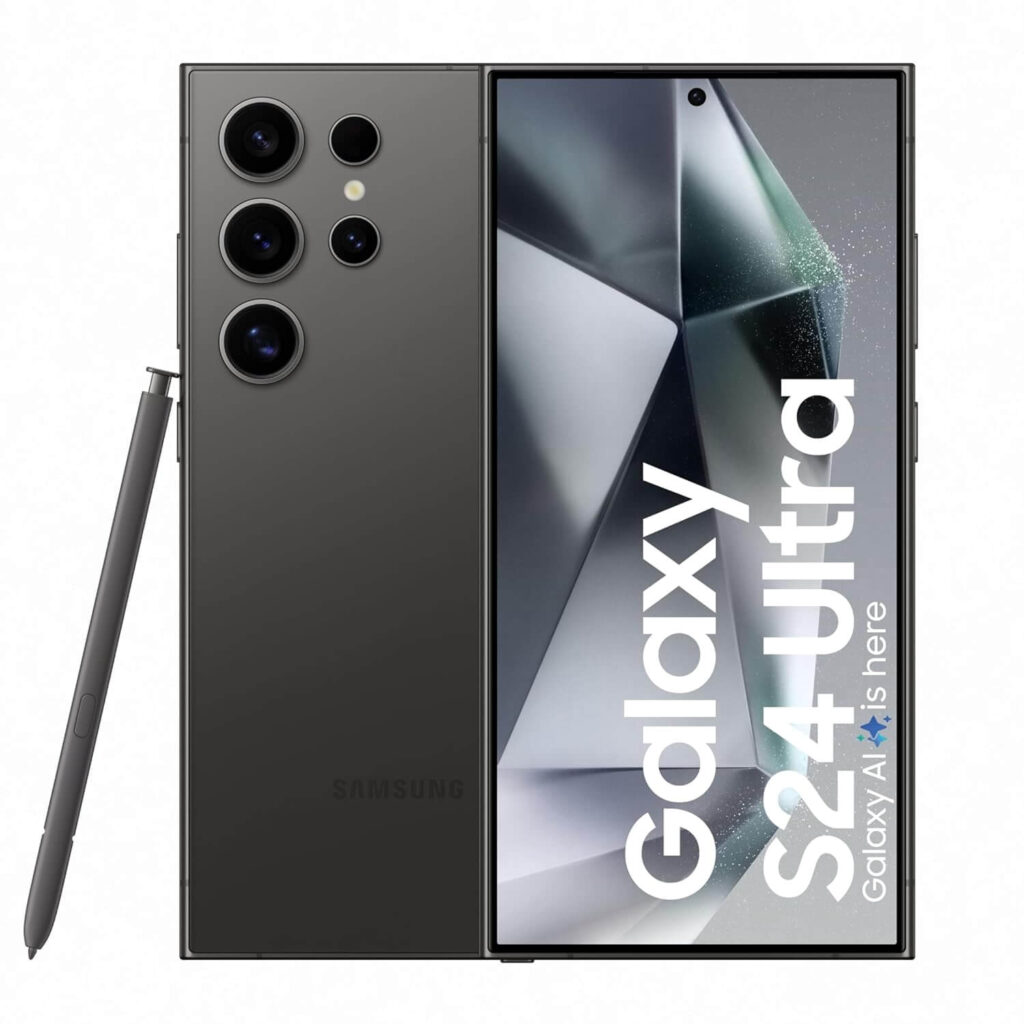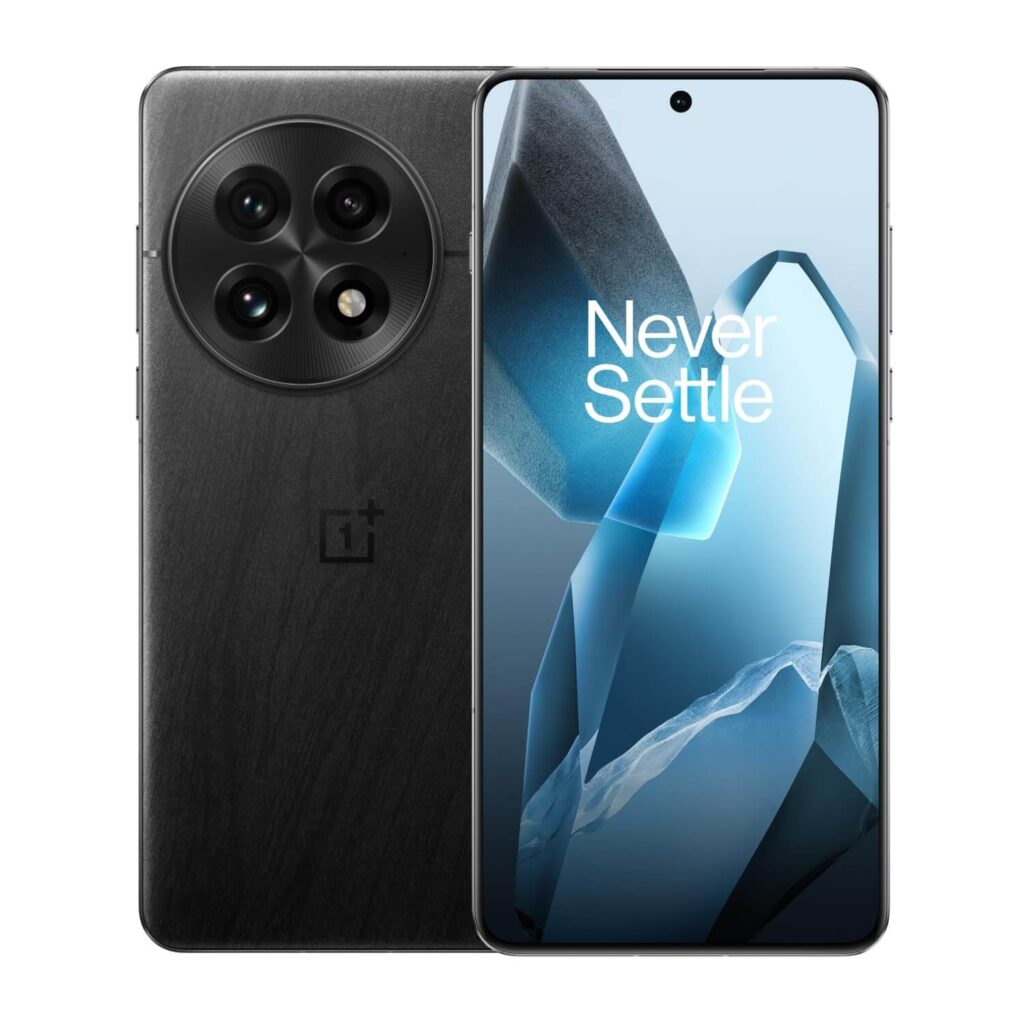The internet is a playground of fleeting fads and viral sensations, but occasionally, a trend emerges that’s more than just a passing meme. Enter the world of nano banana 3d figurines, a captivating digital craze that’s transforming ordinary photos into stunning, collectible-style art. If you’ve scrolled through social media lately and seen hyper-realistic, glossy figurines of celebrities, pets, or even yourself, you’ve witnessed the magic of this unique phenomenon.
This isn’t just a gimmick; it’s a testament to the incredible accessibility of cutting-edge AI. So, what exactly are these miniature marvels, and how can you join the fun?
What Are Nano Banana 3D Figurines?
The term nano banana 3d figurines is the playful nickname for a new image-generation capability powered by Google’s Gemini 2.5 Flash Image model. It’s a powerful AI tool that can take a simple text prompt or a photo and turn it into a photorealistic 3D figurine, complete with intricate details, professional lighting, and even a mock-up of a collector’s packaging box. The “banana” part of the name is a nod to its rapid viral spread and the fact that people are “going bananas” over the results.
Unlike traditional 3D modeling, which requires specialized software and years of skill, these AI-generated figurines are created in seconds with a simple text prompt. The results are nothing short of impressive, often mimicking the look and feel of high-end PVC or resin figures sold by companies like Good Smile Company or Bandai. This democratization of 3D artistry is at the core of the trend’s immense popularity.
The Rise of the Nano Banana Craze
The viral explosion of the nano banana 3d figurines trend can be attributed to several key factors that make it irresistible to millions of users worldwide.
1. Unparalleled Accessibility
The barrier to entry is virtually non-existent. All you need is access to the Gemini app or Google AI Studio. There’s no complex software to download, no expensive hardware to buy, and no steep learning curve. The process is intuitive and fun, inviting everyone from professional artists to casual users to experiment.
2. The Power of Personalization
The ability to turn your own photo, or a picture of your beloved pet, into a polished, collectible-style figurine is a massive draw. This isn’t just about creating art; it’s about creating a hyper-personalized, shareable version of your digital identity. This level of customization makes the content inherently more engaging and perfect for platforms like Instagram, TikTok, and X.
3. The “Unboxing” Experience
The most iconic nano banana 3d figurines prompts often include a computer screen showing the 3D modeling process and a packaging box next to the figure. This cleverly simulates the feeling of a new product reveal, tapping into the widely popular “unboxing” culture. It adds a layer of authenticity and detail that makes the AI-generated image feel more like a real-world object.
Also Read: Google Gemini’s Nano Banana: The Viral Sensation
According to a Google statement, the Nano Banana feature has been a phenomenal success, attracting over 10 million new users to the Gemini app within weeks of its launch. This statistic highlights the immense public demand for accessible and creative AI tools.
How to Create Your Own Nano Banana 3D Figurine
Ready to create your own digital collectible? The process is surprisingly straightforward.
Step 1: Access the Tool
Go to the Gemini app on your mobile device or visit Google AI Studio on your computer.
Step 2: Upload Your Image (Optional)
While you can create a figure from scratch using just a text prompt, the best results often come from uploading a high-quality photo of the subject you want to transform.
Step 3: Craft Your Prompt
This is where the magic happens. A detailed and well-structured prompt is the key to a stunning result. Here is a widely-used and highly effective prompt to get you started:
- Create a 1/7 scale commercialized figurine of the characters in the picture, in a realistic style, in a real environment. The figurine is placed on a computer desk. The figurine has a round transparent acrylic base, with no text on the base. The content on the computer screen is a 3D modeling process of this figurine. Next to the computer screen is a toy packaging box, designed in a style reminiscent of high-quality collectible figures, printed with original artwork. The packaging features two-dimensional flat illustrations.
Step 4: Refine and Experiment
Don’t be afraid to tweak the prompt to fit your vision. Want your figurine to have a different outfit? Add that detail to the prompt. Want a different setting? Describe it. The AI is highly responsive to detailed instructions.
The Future of Digital Collectibles
The nano banana 3d figurines trend is more than just a fleeting internet moment; it’s a peek into the future of digital art and collectibles. This technology is blurring the lines between the digital and physical worlds, enabling artists, creators, and even brands to rapidly prototype and visualize products. Imagine an independent artist being able to create a professional-looking portfolio of their original character figurines without any physical production costs. Or a brand generating an endless series of product mockups for their social media campaigns.
This trend is a powerful example of how AI is becoming a tool for creative expression, not just automation. It empowers anyone with an idea to bring it to life in a tangible, visually appealing way.
Your Digital Figurine Awaits!
The rise of nano banana 3d figurines has proven that creativity and technology are a powerful combination. It’s an accessible, fun, and visually stunning way to engage with AI. Whether you want to turn a photo of your dog into a superhero figurine or simply experiment with digital art, this trend offers endless possibilities.
Ready to create your own masterpiece? Dive into the world of Gemini and start prompting. Share your creations online with a detailed breakdown of your process. The future of art is here, and it’s looking very, very collectible.


